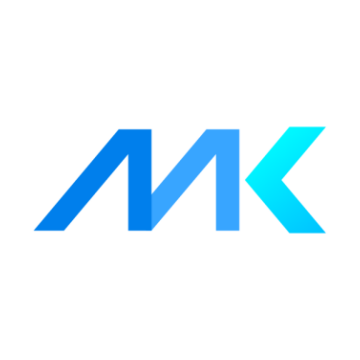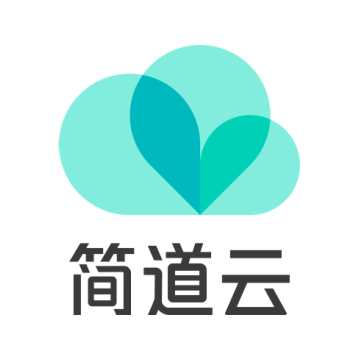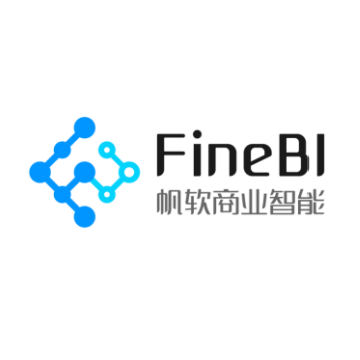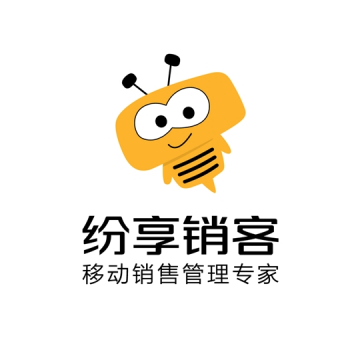微信小程序可以使用Element UI,但是需要通过一些步骤来实现。
首先,你需要在项目根目录下创建element-ui的静态文件文件夹,并在其中放置element-ui的组件库文件。然后,在项目的`app.json`文件中添加以下配置:
```json
{
"pages": [
"pages/index/index",
"pages/detail/detail"
],
"window": {
"backgroundTextStyle": "light",
"navigationBarBackgroundColor": "#fff",
"navigationBarTitleText": "微信小程序",
"navigationBarTextStyle": "black"
},
"style": "v2",
"globalStyle": {
"navigationBarTextStyle": "black",
"navigationBarBackgroundColor": "#fff",
"backgroundColor": "#f8f8f8"
},
"tabBar": {
"list": [
{
"pagePath": "pages/index/index",
"text": "首页",
"iconPath": "static/images/home.png",
"selectedIconPath": "static/images/home-active.png"
},
{
"pagePath": "pages/detail/detail",
"text": "详情页",
"iconPath": "static/images/detail.png",
"selectedIconPath": "static/images/detail-active.png"
}
]
}
}
```
接下来,你需要安装并引入Element UI的样式文件。在项目的`index.js`文件中,添加以下代码:
```javascript

import Vue from 'vue'
import App from './App.vue'
import ElementUI from 'element-ui'
import 'element-ui/lib/theme-chalk/index.css'
Vue.use(ElementUI)
```
最后,你可以在小程序的页面中使用Element UI的组件。例如,你可以在`index.vue`文件中添加以下代码:
```html
```
现在,你的微信小程序已经可以正常使用Element UI了。













